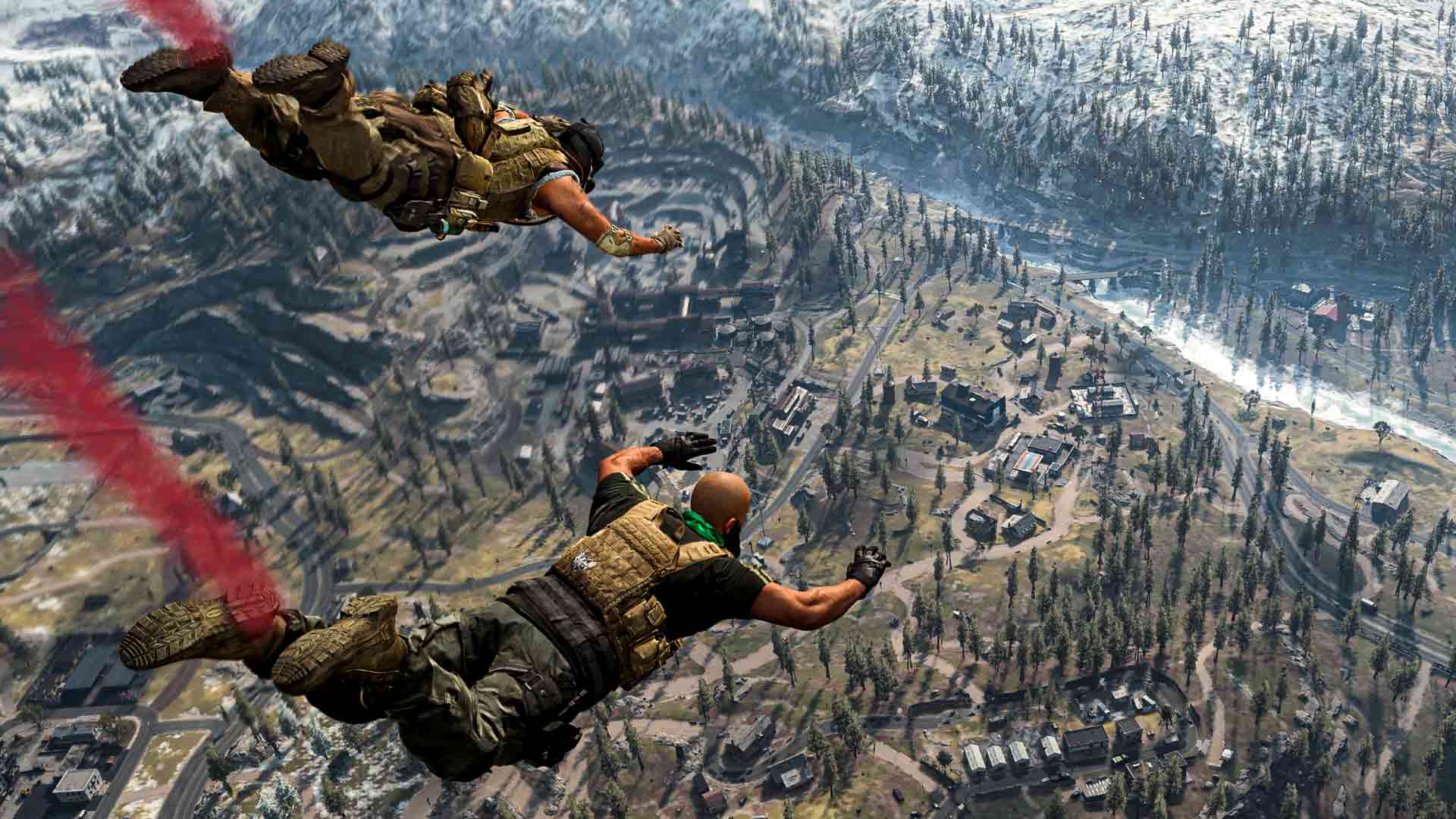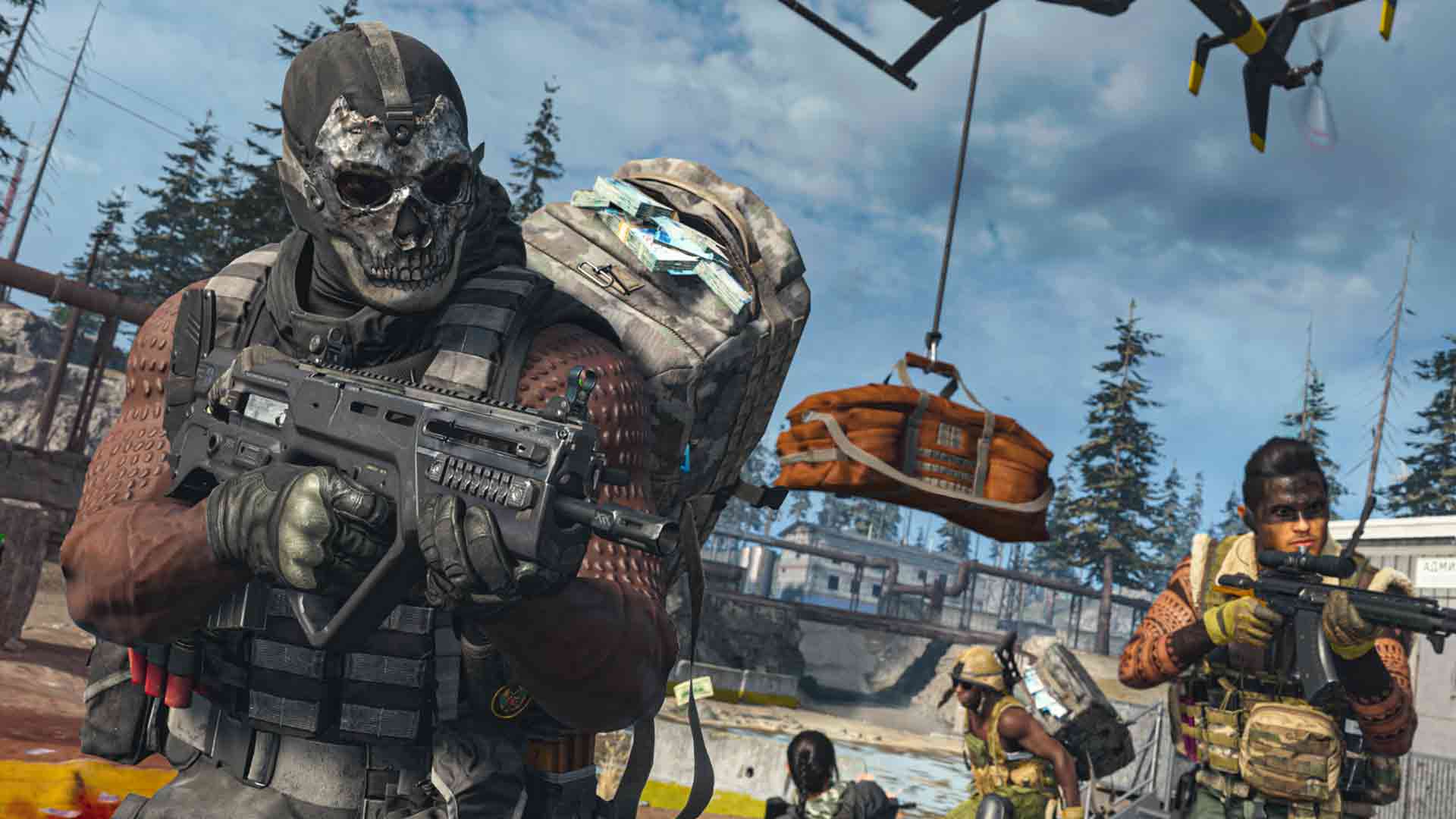Call of Duty: Warzone Competitive Specs Revealed
In games the FPS is everything, and that’s especially true when you’re playing a shooter. Here’s a guide for the best competitive specs in Call of Duty: Warzone. This is the latest part of NVIDIA’s “Frames Win Games” campaign.
In the piece you’ll be able to get the requirements to achieve 144+ FPS or even hit 240FPS in the free to play Call of Duty battle royale release, Warzone. There are many benefits to hitting higher frames, and those are outlined with details below. There’s also information on achieving the mark through a number of means.

Why High Frames Per Second (FPS) Matters when Playing Call of Duty: Warzone
Smoother Animations - In Call of Duty: Warzone, player movement is fast. Whether you are holding the angle or peeking a corner, high FPS paired with a high refresh rate display provides improved clarity and comprehension when it really matters. Additionally, the smoother motion provided by the increased frame rate allows you more opportunities to correct your aim - making it easier to track those targets as they sprint by. At 240 FPS/Hz you are given 4 times the information with 4 times the opportunities to make micro-corrections to your aim over 60 FPS/Hz!
Reduced Distracting Effects - In the heat of the moment, being reactive is critical. Sifting through distracting effects like tearing or ghosting takes precious milliseconds and can impact your ability to perceive the situation correctly. High FPS on a high Hz display significantly reduces these distracting effects by decreasing the size of the ghost trail and tear displacement. Reducing distracting effects ensures you are actually aiming at the right thing.
See Players Earlier - When milliseconds matter, seeing your opponent a split second earlier can give you an advantage in a fight. Higher FPS reduces the overall system latency of your computer which means your actions and the state of the game are displayed on your monitor faster. Lower system latency helps improve your reaction times and makes input feel snappier - critical for a fast paced game like Call of Duty: Warzone.
To start with a dive into performance, here’s what cards can achieve when it comes to the average FPS at 1080p, high settings, with i9 9900k powering the GPUs. The RTX 2080Ti is able to hit around 230FPS, the RTX 2070 Super is able to get about 180FPS. The RTX 2060 Super gets to 160FPS whereas the GTX 1660 is just under the 144FPS target. Finally, there’s the GTX 1650 Super that hits slightly over 100FPS. It’s also best to note that a high refresh rate screen is needed to really get the most out of these higher targets.

If you’re aiming to make the push to 240FPS, here are some details for doing so.
Fullscreen, RTX 2080Ti, 240 Screen Refresh Rate target. Render at 1728x972 with an automatic aspect ration. Set V-Sync to disabled and make sure the custom framerate limit is unlimited. Texture resolution and filter anisotropic to normal. Particle quality to high, with bullet and sprays enabled. Turn Tessellation to all. Continue with shadow map resolutions at normal, while enabling cache spot and sun shadows.
Turn particle lighting to low, and disable the following, DirectX Raytracing, Ambient Inclusion, SSR. The fullscreen mode reduces system latency in case you were curious about that one. Image sharpening is also a great tool, to deal with the lowered visuals. Open the NVIDIA Control Panel and select “manage 3D settings”. From there go to “program settings”, select Warzone and turn on image sharpening with the default settings. With all of this, be sure to have the latest GeForce Game Ready Driver, that’s important.
Make sure to refresh everything once you’ve applied your changes and get out there on the battlefield. Best of luck, and hopefully these details assist with your performance. There’s a great confidence in regards to the ability to perform, in correlation to the highest FPS count possible. Read our review of this release below, or check out the general hub for additional coverage of the series.
Read our Call of Duty: Warzone Review
View our Call of Duty Hub

 Xbox
Xbox Playstation
Playstation Nintendo
Nintendo PC
PC Mobile
Mobile









